Elderberry, Blue (Sambucus caerulea), packet of 50 seeds
$4.95
Family: Honeysuckle (Caprifoliaceae)
Hardy to Zones 4 to 9
(Blue Elderberry, Blue Elder) Deciduous shrub to small tree native to Western US. Wild form. A pretty tree, tough in the landscape, bedecked in season by lush flowers and then dangling clusters of blue berries, characteristically dusted with white wax. Elderberry berries are rich in anthocyanins, bioflavonoids, vitamins and antioxidants. Cultivation: Plant the seeds in moist, shady area–it is best to plant in flats or in gallon pots, as they take a long time to emerge as seedlings, Seed best planted in the fall to early spring for germination in the midspring. (In 2022 we kept careful records and found that seed planted Oct 31 germinated on March 17th, basically a 4.5 month induction period). Plant in cool, moist, shaded pots. Seed best planted outdoors or in an unheated greenhouse or shadehouse soon after ripening (summer) to fall for germination the following spring. Plant the seeds in moist, shady area–it is best to plant 1/2 inch deep in rich soil in flats or in gallon pots, as they take a long time to come up, and control is needed. If outdoor treatment is not possible, give 70 days warm, moist conditions (70 degrees F), then refrigerate for 90 days, then plant in greenhouse or outdoor conditions. If you soak the seeds before planting, do not be alarmed when the seeds float–floating elderberry seeds are viable! Outdoor conditions are preferred–do not try to grow indoors in a bright window–oscillating temperatures are required. Sow seeds in very rich and humusy soil medium–do not use sterilized medium–alive soils stimulate germination and mycorrhizal associations may begin early on. Once germinated, the seedlings grow rapidly. Seedlings and adult trees are Nitrogen lovers–give chicken manure or copious amounts of compost for best results. Grow out in a shaded place in pots for a year before transplanting to final location. Flowers generally appear in year 3. Flowers turn rapidly into heavy clusters of fruits. Its probably a good idea to grow 3 trees for pollination purposes, although we have certainly seen good crops of fruit from a single tree grown in isolation. Elderberries are best placed as an understory to a higher tree canopy. Will also grow in full sun if the roots are kept cool and moist. Space trees at least 15 feet apart.
50 seeds/pkt, Open Pollinated, Untreated, NO GMOs
In stock

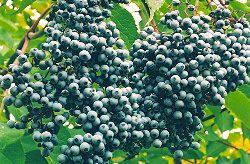
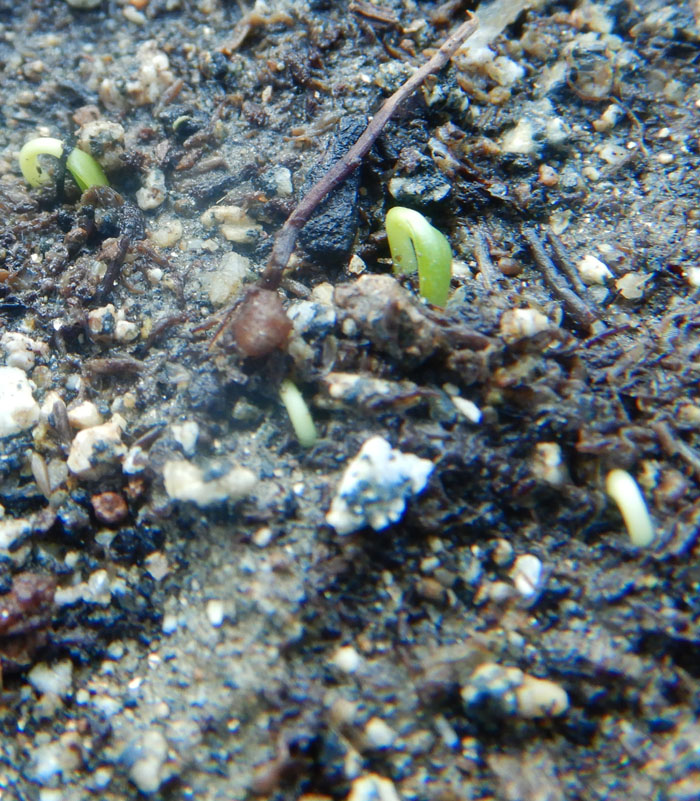
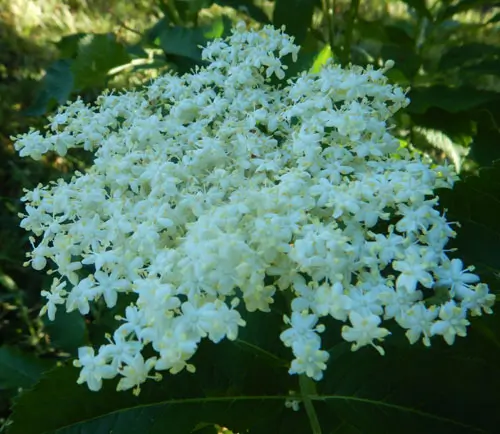
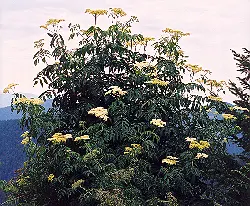
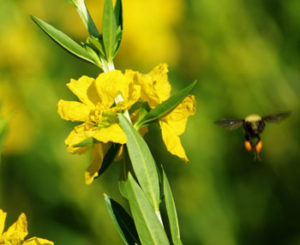
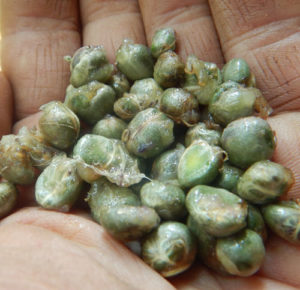

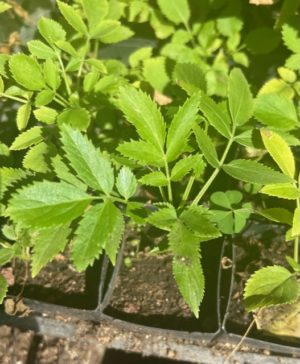
Question
Laura M –
I really appreciate the info re the possibility that three trees may help with pollination / production. Can I ask why 3 instead of 2? I was planning for two.
I am in zone 10 (west contra Costa county in the East Bay hills), and while I know you recommend lower zones, I see blue elder growing abundantly in the wild all around me here in the hills. They aren’t super productive, but wonder if that could be lack of nitrogen? Or perhaps Mexican really is best for my location?
Thanks so much! I really appreciate you sharing your valuable knowledge
Upvote if this was helpful (0) Downvote if this was not helpful (0) Watch Unwatch Flag for removal
Richo Cech –
Hi Laura, yes, the trees will grow much larger, healthier, and produce vastly more fruit if given composted cow manure or the like. We plant almoste everything in minimums of 3 so that’s my recommendation. A triangle is so much more stable than a line… richo
Upvote if this was helpful (0) Downvote if this was not helpful (0) Flag for removal